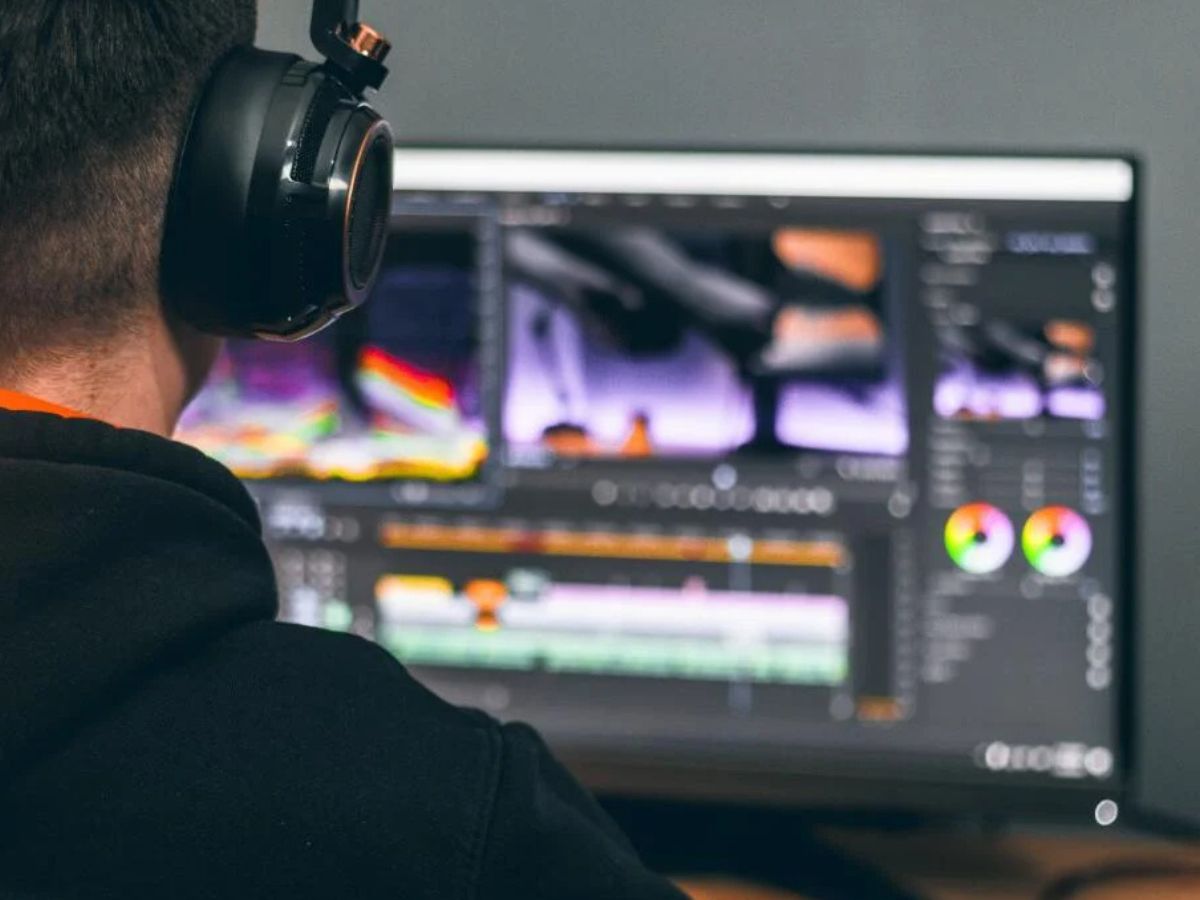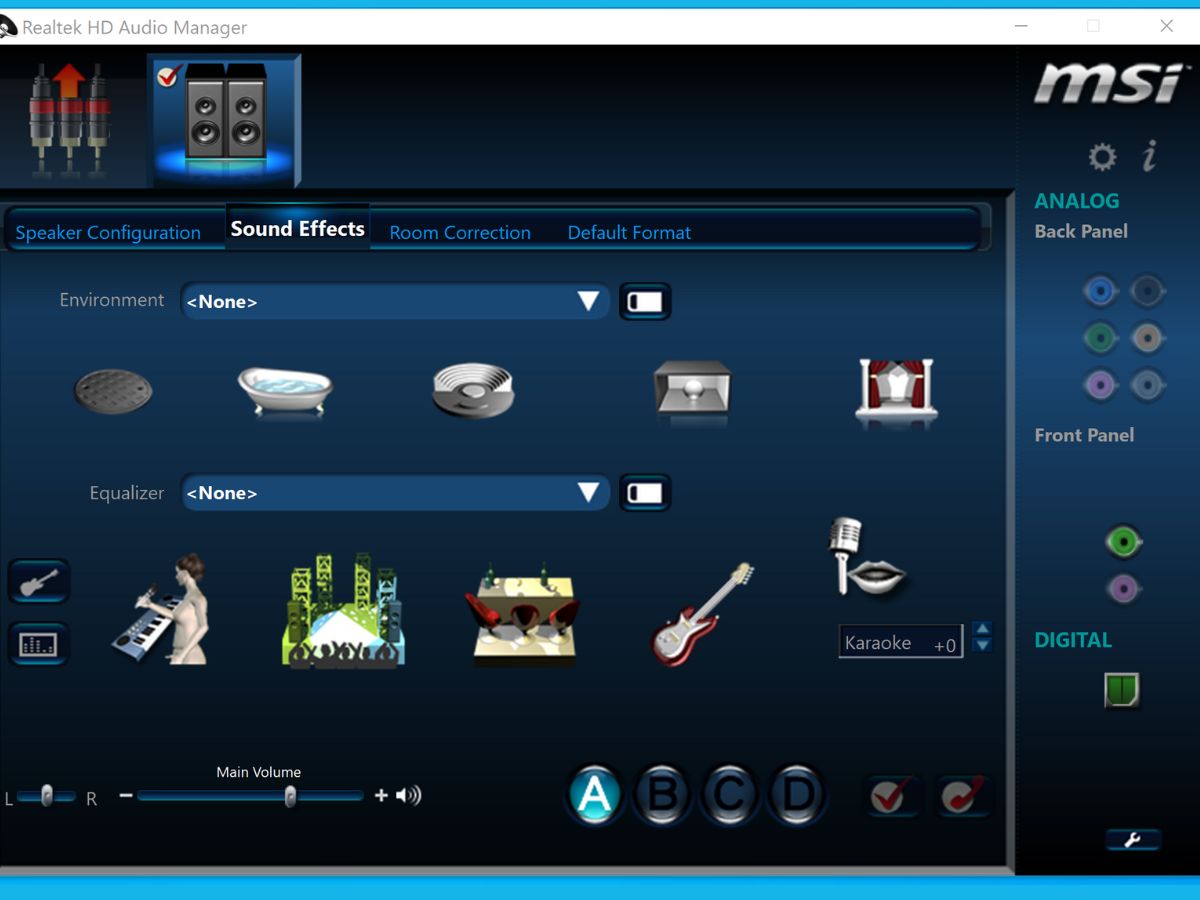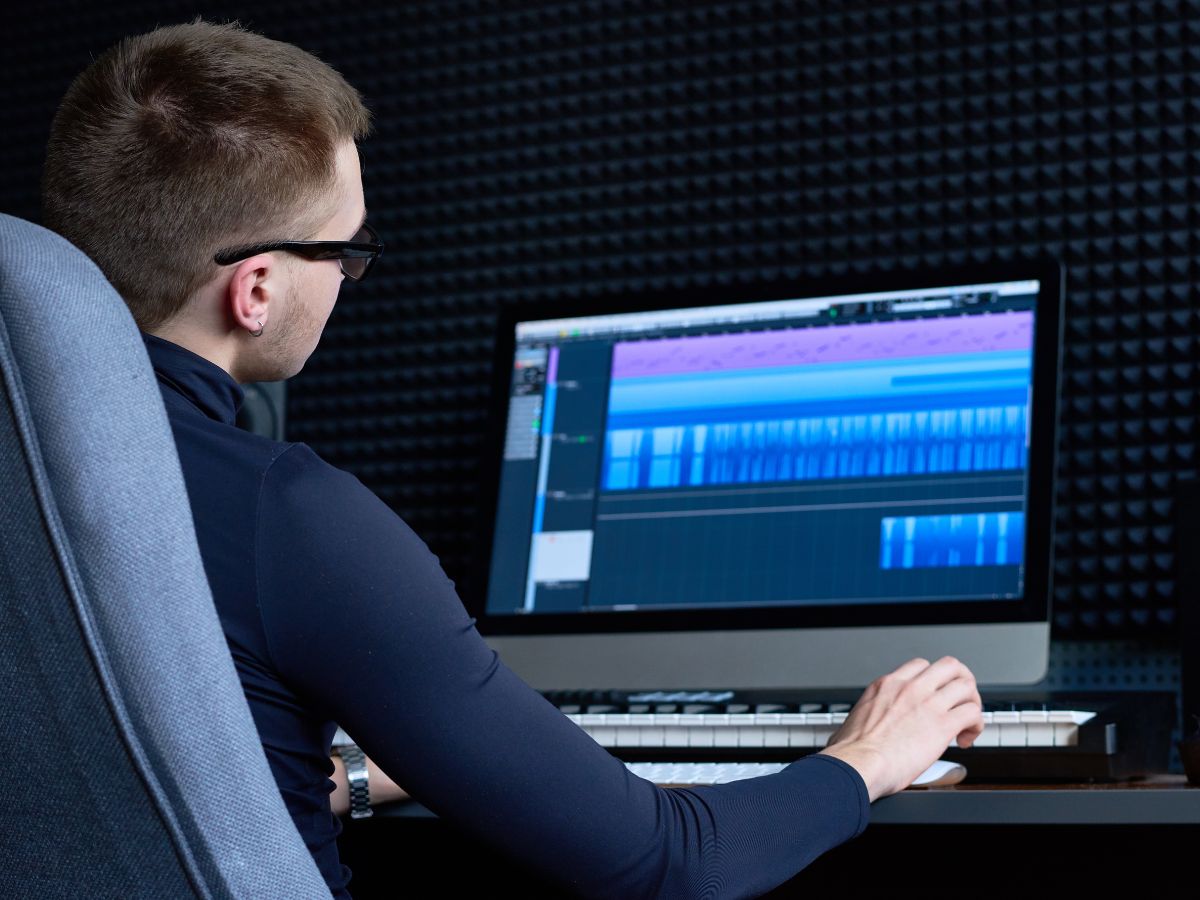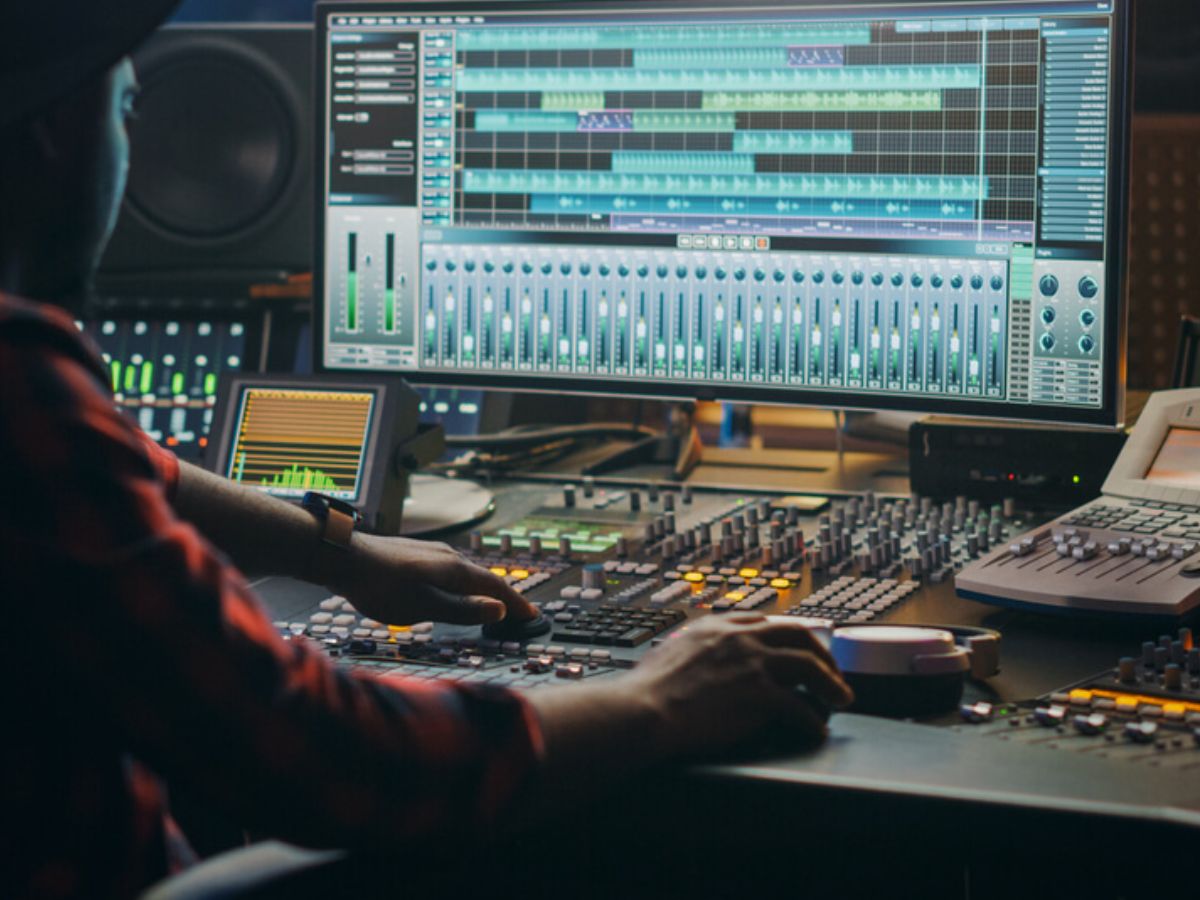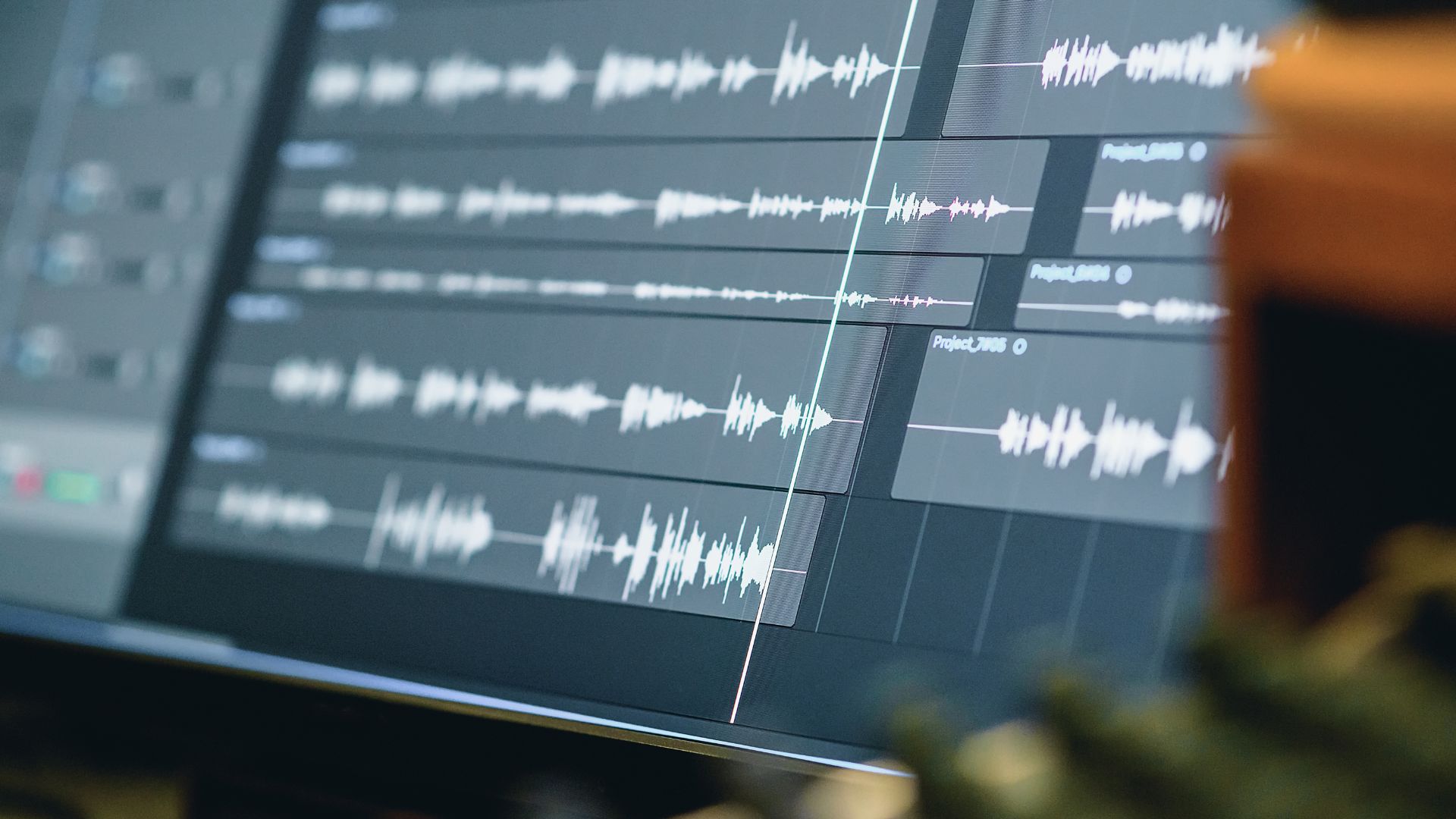Home>Production & Technology>Sound Effects>How To Make Wind Sound Effects


Sound Effects
How To Make Wind Sound Effects
Modified: January 22, 2024
Learn how to create realistic wind sound effects with this comprehensive guide. Discover tips and techniques to bring your sound effects to life.
(Many of the links in this article redirect to a specific reviewed product. Your purchase of these products through affiliate links helps to generate commission for AudioLover.com, at no extra cost. Learn more)
Table of Contents
Introduction
Sound effects play a crucial role in creating a captivating audio experience, whether it’s for film, television, video games, or theater productions. One of the most versatile and atmospheric sound effects is the sound of wind. The gentle breeze rustling through the trees or the powerful gusts of a storm can add depth and realism to any project.
In this article, we will explore the world of wind sound effects, from understanding the different types of wind sounds to creating them using various techniques and resources. Whether you’re a sound designer, filmmaker, or just a curious individual interested in the art of sound, you’ll find valuable tips and tricks to help you achieve realistic and immersive wind sound effects.
By carefully crafting wind sound effects, you can transport your audience into different environments and evoke emotions. The sound of wind can create a sense of serenity, excitement, or even fear. It can enhance the ambiance of a scene, emphasize the movement of objects, or set the tone for a particular setting.
Creating realistic wind sound effects requires a combination of technical knowledge, creativity, and attention to detail. Throughout this article, we will delve into various techniques and explore the equipment and resources needed to bring your wind sound effects to life. Whether you’re working with limited resources or have access to professional-grade equipment, we’ll provide tips and tricks that are applicable to all skill levels.
So, let’s dive into the world of wind sound effects and discover how you can harness the power of sound to elevate your audio productions to new heights.
Understanding Wind Sound Effects
Before diving into the creation of wind sound effects, it’s important to understand the different elements that make up the sound of wind. Wind can vary in intensity, direction, and frequency, and each of these factors contributes to the overall character of the sound.
The intensity of the wind affects the volume and power of the sound. A gentle breeze will produce softer, more subtle sounds, such as rustling leaves or a gentle whistling sound. On the other hand, strong winds can create booming sounds or the eerie howling often associated with storms.
The direction of the wind also influences the sound. The way it interacts with objects and structures in the environment can result in different sound characteristics. For example, wind passing through trees can create a whispering or swaying sound, while wind blowing against buildings can produce a more intense and resonant effect.
The frequency of the wind refers to the rate at which the air molecules vibrate. Low-frequency winds can give a deep, rumbling sensation, while higher frequencies produce a sharper, more piercing sound.
By understanding these different elements, you can better replicate and manipulate wind sound effects to suit the desired atmosphere and setting of your project. Whether you’re aiming for a calm and peaceful outdoor scene or a dramatic, stormy environment, grasping the nuances of wind sounds is essential for achieving authenticity.
Additionally, studying real-life wind sounds can provide invaluable inspiration. Take the time to observe and listen to the wind in different environments, such as open fields, forests, or coastal areas. Pay attention to how the wind interacts with various objects and the resulting sound it produces. This close observation can help you recreate the sound with greater accuracy and detail.
In the next section, we will explore different techniques and methods for creating realistic wind sound effects. From utilizing everyday objects to using specialized equipment, there are various approaches you can take to achieve the desired sound.
Creating Wind Sound Effects
When it comes to creating wind sound effects, there are multiple approaches you can take depending on your resources and the level of realism you want to achieve. Here are some techniques that can help you create convincing wind sounds:
- Foley techniques: Foley artists use various objects to simulate specific sounds in a controlled environment. For wind sounds, you can experiment with fabric, paper, or even your own breath to create rustling or blowing effects.
- Field recordings: Capture the sound of wind in natural environments using a high-quality microphone. Find a windy location such as an open field or a coastline, and position the microphone to capture the desired effect.
- Instrumental techniques: Wind instruments such as the flute or harmonica can be used to mimic wind sounds. By manipulating the instrument’s tone and pitch, you can create a wide range of wind effects.
- Virtual instruments and synthesizers: If you have access to music production software, you can use virtual instruments or synthesizers to create wind sounds with precision. These tools offer a wide range of customizable options, allowing you to control the intensity, direction, and frequency of the wind.
It’s important to experiment with different techniques and combinations to find the right balance for your desired sound. Layering different elements and effects can also help add depth and realism to your wind sound effects.
In addition to these techniques, there are also numerous libraries and sound effect packs available online that offer a wide range of pre-recorded wind sounds. These resources are convenient and can be a valuable addition to your sound library, especially if you’re working on a tight schedule or budget.
Ultimately, the key to creating convincing wind sound effects is attention to detail and understanding the specific characteristics of wind in different environments. By combining creative techniques with careful observation and experimentation, you can achieve realistic and captivating wind sounds for your audio projects.
Next, we’ll explore some techniques and resources for creating wind sound effects that are truly immersive and authentic.
Techniques for Realistic Wind Sound Effects
Creating realistic wind sound effects requires careful attention to detail and a selection of techniques that can help you achieve the desired authenticity. Here are some techniques that can help you create immersive and realistic wind sounds:
- Layering: To add depth and complexity to your wind sound effects, consider layering multiple sounds together. This can involve combining different recordings of wind, foley effects, and even musical elements to create a rich and textured sound.
- Microphone placement: Experiment with microphone placement to capture the nuances of wind sound. Placing the microphone closer to the source can capture the detailed nuances, while moving it farther away can create a more distant and atmospheric effect.
- Using wind tunnels: Wind tunnels are specially designed spaces that create controlled airflows. By using a wind tunnel, you can capture consistent and customizable wind sounds that are free from external interference.
- Manipulating pitch and speed: Adjusting the pitch and speed of your wind sound effects can help create variations in intensity and direction. Lowering the pitch can create a deeper, more ominous sound, while increasing the speed can simulate stronger gusts.
- Sound design software: Utilize sound design software to manipulate and shape your wind sound effects. These tools offer various parameters for modifying wind characteristics, such as turbulence, rumbling, and whistling. This level of control can help you fine-tune the sound to match the desired ambiance and environment.
Remember to continuously refer to real-life wind sounds and pay attention to the different elements that contribute to their unique characteristics. By carefully analyzing and recreating these elements, you can achieve a more accurate and realistic wind sound effect.
Furthermore, don’t underestimate the power of experimentation and creativity. Try combining various techniques, explore unconventional approaches, and bring your own unique touch to the creation process. The goal is to create wind sound effects that resonate with your intended audience and enhance the overall audio experience of your project.
In the next section, we’ll discuss the equipment and resources you may need to create professional-quality wind sound effects.
Equipment and Resources
When it comes to creating wind sound effects, having the right equipment and resources can greatly enhance the quality and realism of your audio. Here are some essential tools and resources to consider:
- Microphones: A high-quality microphone is crucial for capturing detailed wind sounds. Look for a microphone that has a wide frequency response and good sensitivity to capture the subtle nuances of wind. Shotgun microphones are often a popular choice as they effectively capture sound from a specific direction.
- Wind protection: To prevent unwanted noise caused by wind hitting the microphone, invest in a windscreen or a furry windsock. These accessories help reduce wind noise and ensure cleaner recordings.
- Portable recorder: A portable recorder allows you to capture wind sounds in various locations without being tied to a stationary setup. Look for a recorder that offers high-quality audio recording and has built-in microphones or XLR inputs for external microphones.
- Foley props: Gather a collection of props such as fabric, paper, and other materials that can be used to create rustling or blowing sounds. Additionally, objects like wind chimes or bamboo stalks can be used to generate unique and interesting wind effects.
- Sound libraries: Utilize online sound libraries that offer a wide range of pre-recorded wind sound effects. These libraries often include professionally recorded sounds that can save you time and effort in the post-production process.
- Sound editing software: Invest in a reliable sound editing software that allows you to manipulate and refine your wind sound effects. Popular choices include Adobe Audition, Pro Tools, and Ableton Live.
In addition to these equipment and resources, don’t forget the importance of having a quiet recording environment to capture clean and accurate wind sounds. Look for locations away from busy roads or other sources of noise pollution.
Keep in mind that while having professional-grade equipment can certainly enhance your wind sound effects, creativity and experimentation are equally important. By leveraging your resources and thinking outside the box, you can achieve impressive results with even limited equipment.
In the next section, we’ll share some tips and tricks to help you elevate your wind sound effects and take them to the next level.
Tips and Tricks for Wind Sound Effects
Creating convincing and immersive wind sound effects requires attention to detail and a touch of creativity. Here are some tips and tricks to help you elevate your wind sound effects:
- Experiment with different materials: Explore using various objects and materials to create unique wind sounds. From fabric and paper to plastic or metal, each material can generate distinct textures and characteristics.
- Record in different environments: Venture out to different locations to capture a variety of wind sounds. Experiment with recording in open fields, forests, or near water bodies to capture the diverse atmospheres associated with wind.
- Mix with other natural elements: To add depth and realism, consider blending your wind sound effects with other natural elements such as birds chirping, leaves rustling, or water flowing. This combination can create a more immersive environment for your listeners.
- Utilize stereo recording techniques: Use stereo recording techniques to create a realistic and spacious soundstage. Experiment with different microphone positions and angles to capture the stereo width of the wind, making the sound more immersive for your audience.
- Modulate the wind sound: Apply modulation effects such as chorus, flanger, or tremolo to mimic the subtle variations in wind intensity and movement. This can help add a dynamic and ever-changing quality to your wind sound effects.
- Pay attention to transitions: When editing wind sound effects for transitions between scenes or shots, consider using fades, crossfades, or volume automation to create smooth and seamless transitions. This helps maintain the continuity of the audio and enhances the overall listening experience.
- Consider the context of the scene: Think about the emotion or mood you want to convey with the wind sound effects. Are you aiming for a serene and calm ambiance or a dramatic and intense atmosphere? Tailor your wind sounds accordingly to enhance the emotional impact of the scene.
Remember, there are no strict rules when it comes to creating wind sound effects. Embrace experimentation and let your imagination run wild. Don’t hesitate to think outside the box and try unconventional techniques to achieve unique and captivating wind sounds.
Lastly, always trust your ears. Take the time to listen and analyze your wind sound effects, making adjustments as necessary to achieve the desired outcome. Regularly seek feedback from others to get a fresh perspective on your work and refine your craft.
With these tips and tricks in mind, you’re well-equipped to create compelling and authentic wind sound effects that will captivate your audience.
Conclusion
Wind sound effects are powerful tools that can elevate the audio experience of any project, whether it’s a film, a video game, or a theatrical production. By understanding the different elements that make up the sound of wind and utilizing various techniques, you can create realistic and immersive wind sound effects that transport your audience to different environments.
Throughout this article, we explored the art of wind sound effects, from understanding the nuances of wind to creating them using foley techniques, field recordings, and virtual instruments. We discussed the importance of equipment and resources such as microphones, wind protection, and sound editing software, as well as the value of experimenting with different materials and locations.
We also shared tips and tricks to help you refine your wind sound effects, including layering, microphone placement, and modulating the sound. Remember to consider the context of the scene and pay attention to transitions to create a seamless audio experience for your audience.
Ultimately, creating convincing wind sound effects requires a combination of technical knowledge, creativity, and attention to detail. By continuously refining your techniques, experimenting with different approaches, and actively listening to the sound of real wind, you can achieve impressive results and enhance the overall audio production.
So, let your imagination soar, harness the power of wind sound effects, and bring your audio projects to life with the atmospheric and evocative sounds of the wind.

